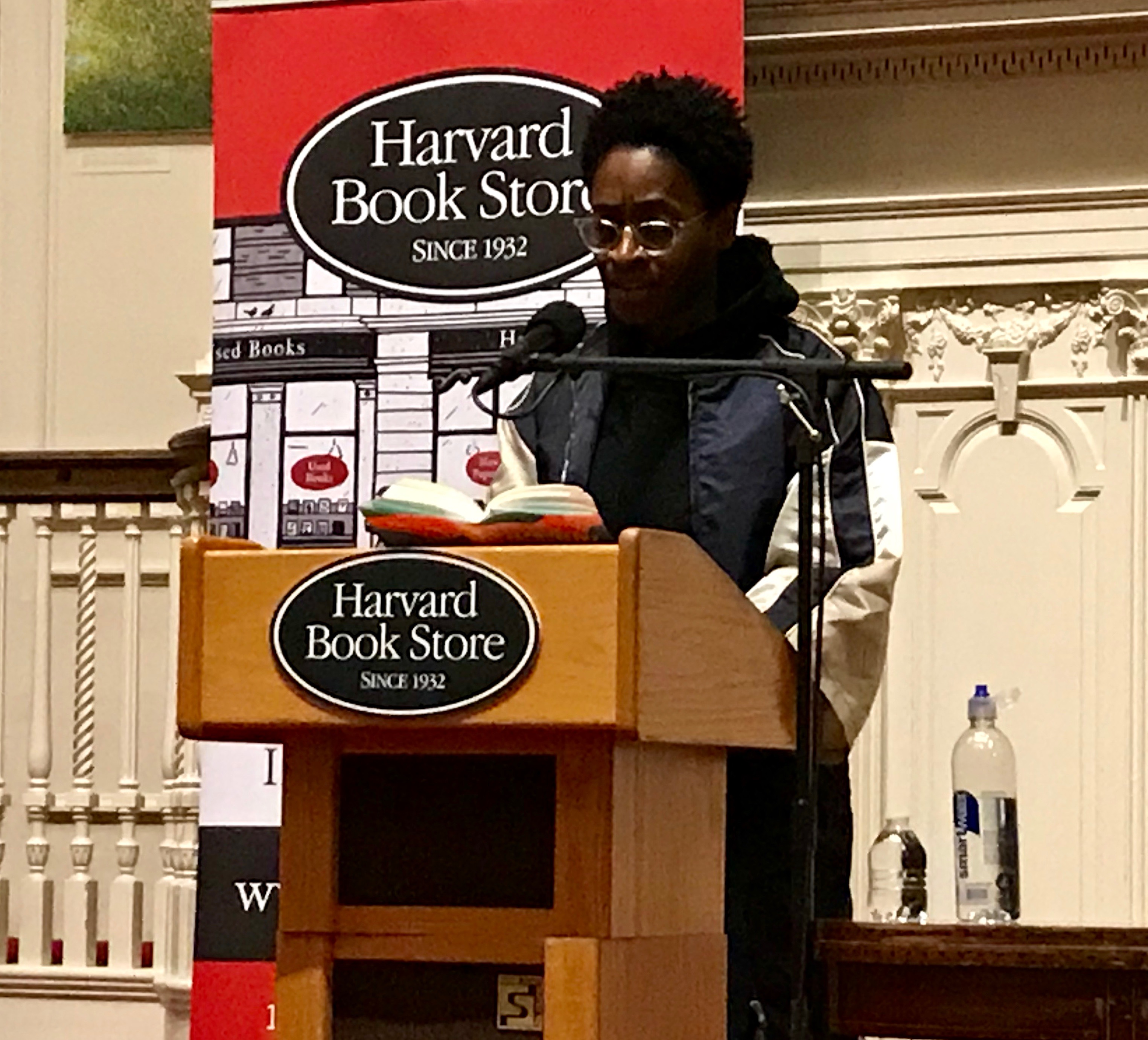
During a moment of sexual arousal, breast milk seeps from her body and she is forced to reveal to her girlfriend that she has a daughter (Melody) and boyfriend (Aubrey) waiting for her in Brooklyn. This recognition leads us to Iris’s own past and a love affair with another woman during her sophomore year at college. She intuits that her daughter’s friend is gay. At one point, Iris questions the nature of Melody’s relationship with Malcolm. Iris is a modern version of Janie in Zora Neale Hurston’s Their Eyes Were Watching God or Sula in Toni Morrison’s eponymous novel. In many ways, Red at the Bone is Iris’s story – that of a young woman raised for respectability who is unable to follow middle-class norms. The past, however, informs their present. The precarious dance between intelligence and emotions makes it difficult to unravel the whole truth because no two characters experience the past in the same way.

She shows her readers how elliptical and obsessive human memory is.

Woodson frames each chapter from the point of view of a different character, and the result is a narrative about an individual family that takes on communal urgency and power. There is an abundance of angst over class, gender and race subtly woven into this beguilingly slim novel. Where was I looking? At my father? My grandparents? At anything. “That afternoon, the years that separated us could have been fifty – Iris standing at the bottom of the stairs watching me. Melody can’t help but observe that her relationship with her mother is full of regrets and thorns. On a spring day in 2001, while Melody and Malcolm, her childhood friend and date, swirl around the dance floor, so do the memories for the teenager and the key players in her life. The baby bump deprived Iris of her own introduction into society: now she must look on as her daughter descends the stairs wearing the white dress she was not permitted to wear and is serenaded by an orchestra playing an instrumental version of Prince’s “Darling Nikki”. Melody is also the product of a teenage pregnancy that has left her estranged from her mother, Iris, who chose the distance of college in Ohio over nappies, baby bottles and the domesticity of her parents’ Brooklyn brownstone. Melody is smart, pretty, private school privileged and much adored by her father, Aubrey, and proud grandparents, Sabe and Po’Boy.

I n US author Jacqueline Woodson’s haunting novel, a 16-year-old girl’s coming-of-age party prompts an avalanche of memories for her middle-class African American family.


 0 kommentar(er)
0 kommentar(er)
